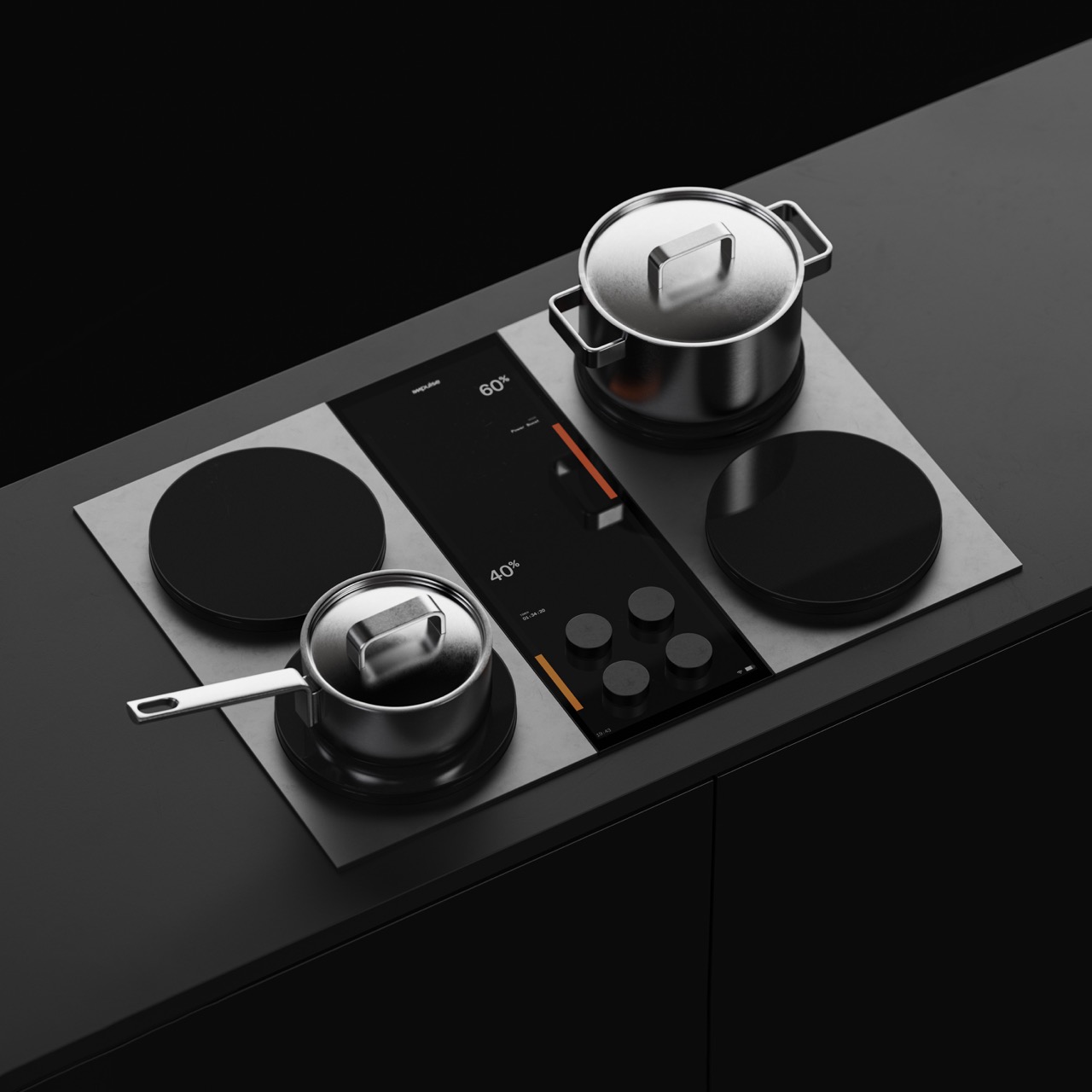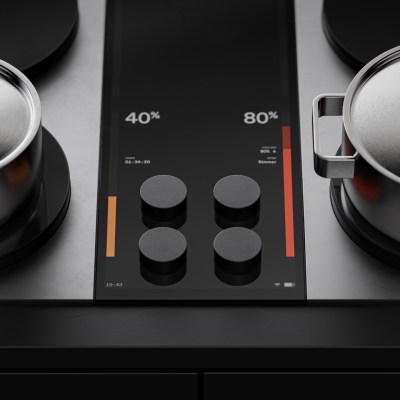All electric, everywhere, all of the time; that’s one of the many climate mantras. Induction stovetops take a lot of power, however — they can pull 40 amps at 240 volts. That’s the same as an at-home Level 2 EV charger. Needless to say, a lot of older houses aren’t wired to plug in a Tesla in your kitchen, which means it could get expensive to upgrade to an induction range. Impulse to the rescue — the company’s stoves include a battery solution, which means that it doesn’t pull the full 40 amps when it’s operating, and you could find yourself cooking with induction without having to upgrade your panel. Clever!
“I’d been thinking about how to supercharge home appliances for a while and the deeper I dug into the space, the clearer it became that there was a larger story bringing together whole-home electrification and added energy storage in alignment with new policy tailwinds and distributed energy resource incentives,” said Sam D’Amico, CEO at Impulse. “Integrating batteries not only unlocks really impressive performance improvements, it also removes a lot of common barriers around power or panel limitations with installing induction stoves while also adding energy storage to the grid.”
The company today announced its official launch, and a $20 million Series A funding round led by Lux Capital, and joined by Fifth Wall, Lachy Groom and Construct Capital. This brings their total funding to $25 million (Lux Capital, Construct and Lachy Groom formerly led the company’s $5 million seed round in 2021).
Originally, the company set out to use batteries to create the perfect electric pizza oven, but as the company explored the market, it realized there were additional opportunities. As the company puts it: What started as a cool idea to make pizza became a mission to reframe the home appliance industry.
Impulse realized early on that there was an opportunity to leverage all the amazing tailwinds from the electric vehicle and renewables space (including the policy tailwinds of the Inflation Reduction Act) to launch compelling products. The company identified induction cooking as something that already had a pretty compelling story, and figured out some foundational ways to make cooking using induction tech significantly better.

Impulse’s futuristic-looking induction stovetops may bring some interesting new features to a kitchen near you. Image Credits: Impulse.
“We’re very aware of the difficulty of building a hardware business, especially given the present economic climate. We credibly believe that this [round of financing] gets us through the major checkpoints required to ship our first hardware product, at the level where we can take orders from paying customers,” says D’Amico. “That paves the way for us to launch preorders in the next year with a credible, realistic delivery date that is not out of line with expectations for high-end home appliances.”
The company is positioning itself squarely in the challenge around residential and light industrial decarbonization.
“This is going to push us in a fairly fundamental direction — ending fossil fuel use ‘at the edge’ means we have to make everything electric,” D’Amico says as he outlines his vision. “Moving storage to the edge in lieu of fossil fuels enables us to do this without having to rely on extremely difficult changes to the built environment, and without having to massively scale up power distribution infrastructure to deal with new peak loads.”
The big play from Impulse is that battery prices are declining, while the act of installing batteries are continuing to be non-trivial in the built environment. A lot of kitchens do have 220V connections, however, and that’s where Impulse is seeing an opportunity.
“A key realization is that the spots where we install home appliances are typically wired for electricity and often for 220V connections in newer homes,” comments D’Amico. “At minimum this means we can electrify that previously gas appliance, and moving forward towards newer properties it also means that storage can be put to use for the home as well.”
